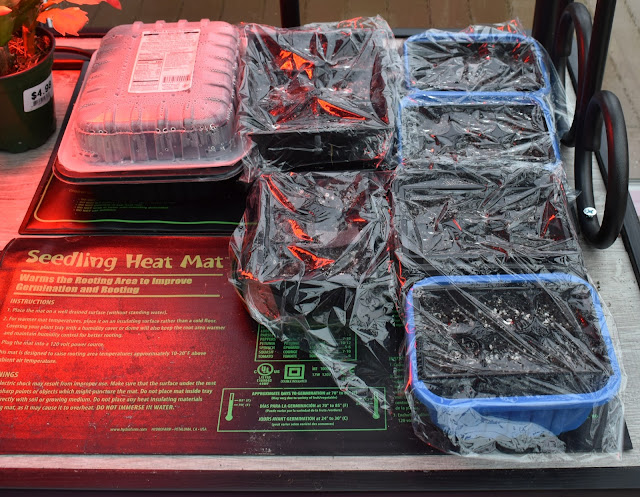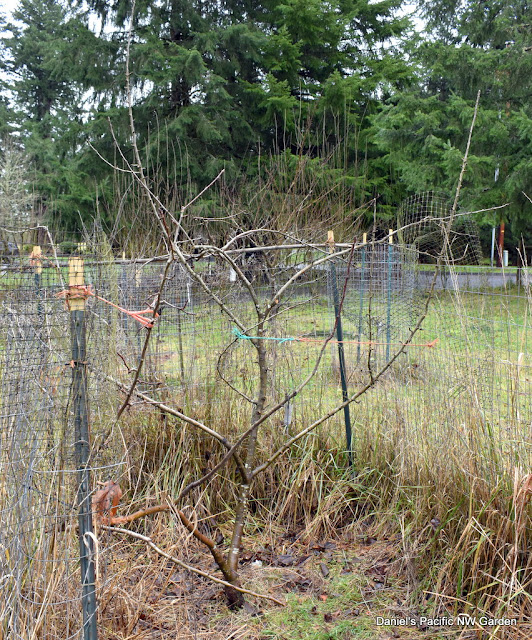I've been cleaning up the Himalayan blackberries in the border at the North edge of the property. This area was impenetrable when we bought the place in 2012. I cleared a big portion of the blackberries in 2015-2017, planted a row of Leyland Cypress in an attempt to have some privacy, out-compete the brambles, and hold the soil, given a bit of a bank on the North side. I also planted rhododendrons on the near side of some. And mostly, grass seed. Unfortunately, it was not possible for me to keep the rhodies cleared of blackberry. The cypress grew well but some not fast or thick enough, so there was a growing amount of blackberries to clear again.
Some photos from 2015. These brambles were impenetrable back then, around ten feet tall. There were some fallen cascara trees mixed with them.
This is 2015, part way through clearing the brambles. Back then I was using a pruning shears. Now I'm using a hedge trimmer, which seems to go faster but is also harder work.
After clearing the first area. I planted Leyland cypress trees at the northern side, between cleared ground and the falling cascara trees. That was in winter 2015-2016.
Now, five years later, this batch of cypress have filled in, and there aren't a lot of blackberry brambles in this area. Almost, but not quite, none. The caged tree is a ginkgo that is failing to thrive, and probably should be moved out. Some more of the cascara trees have fallen. I think they are at their size limit and will continue to fall down.
This was the other area, east of the first area. There were a lot of fallen cascara trees mixed with the brambles. So those had to be cut off. After this cleanup, I planted the Leyland cypress trees as in the first group, but they were much smaller trees. On the near side, I planted the rhodies and some perennials. That was a mistake - too hard to keep clean. This week, the rhodies went elsewhere, and I cleaned it up again. Not nearly as bad as the first time around, but I don't want to have to do it again. This photo shows the area in 2015. The entire visible ground area was blackberry thicket.

This is after cleaning the same area up yesterday. This wasn't nearly as bad as the first time around, but still more than I want to be doing.

Another view after cleanup. Once I get rid of those piles of blackberry vines, I'll broadcast grass seed in the cleaned up area. The piles of vines compost fairly fast, and just sort of disappear, but I'll most them to where they are not in the way. In the future, this area will just be mowed, which will prevent further encroachment. In addition, the cypress trees are large enough, I think they will mostly out-compete the blackberries in the future.



























